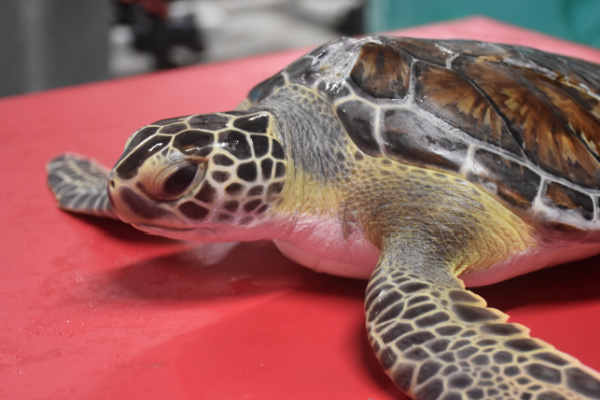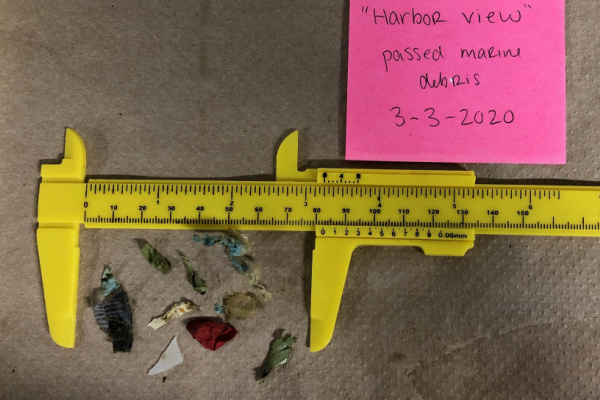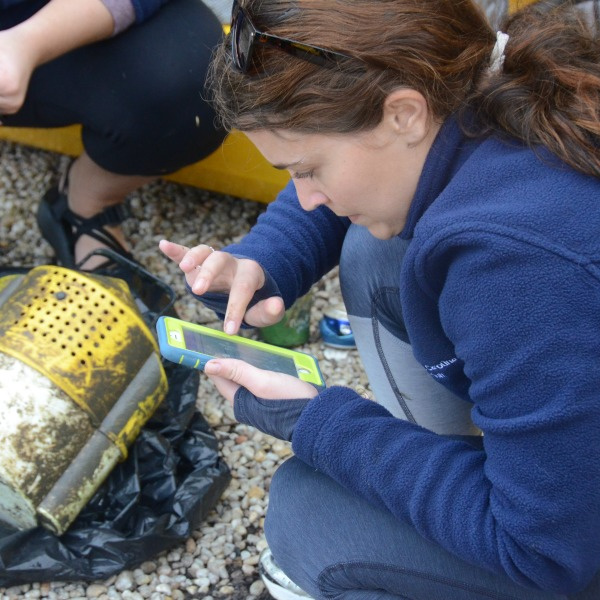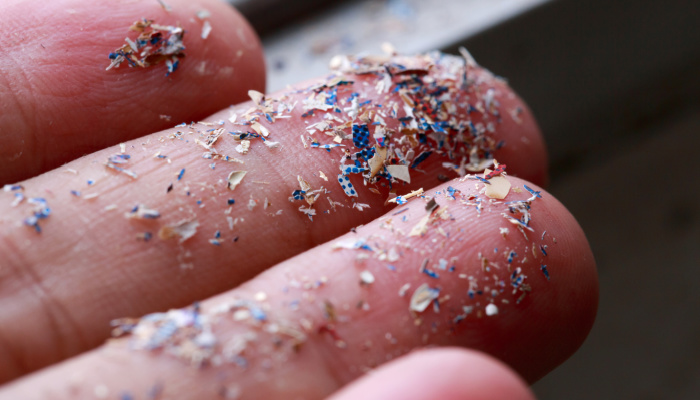You’ve heard the mantra thousands of times before: Reduce, Reuse, Recycle, Replace. There’s no doubt plastic pollution has been a critical topic in the conservation movement for years. Many of our beloved sea turtle patients have fallen victim to plastic, which is what ultimately landed them in our Sea Turtle Care Center™. We’ve treated sea turtles who ingested plastic bag film, among other plastic-related items, occasionally causing blockages in their systems. Many have been admitted while entangled in marine debris and required surgery for removal.
It’s clear from these sea turtle cases that plastic pollution has a widespread impact on wildlife—but, have you stepped back to consider its overwhelming impact on the climate? Believe it or not, plastic’s role in climate change may be much greater than you initially thought… and one incredibly small creature plays an incredibly significant part in the story.
As plastic litter lives in our environment, it can break down into smaller pieces, with some becoming microscopic in size (known as microplastic). Not only does this breakdown make plastic easier for consumption by wildlife, but it releases chemicals and greenhouse gases (like methane, ethylene and carbon dioxide) along the way. These greenhouse gases ultimately become trapped in our atmosphere, acting as a thick blanket engulfing the world and trapping heat in the process.
 Harbor View, a green sea turtle impacted by marine debris.
Harbor View, a green sea turtle impacted by marine debris. Marine debris, including plastic bag film, passed by Harbor View.
Marine debris, including plastic bag film, passed by Harbor View.Now imagine this breakdown occurring in our ocean. Eight of the 10 most common debris types polluting our ocean comprise plastic, with approximately 8 million tons of plastic ending up in the ocean annually. Microplastic makes up a significant portion of this. What’s also microscopic, floating within the waves and serving a critical role in food webs and the climate conversation, is plankton.
Let’s clear up one common misconception first: Contrary to popular belief, trees are not the largest producer of the world’s oxygen. It’s estimated that 50-80% of oxygen actually comes from the ocean, and we have plankton to thank for that. What’s also important to note is that the ocean is the largest carbon sink in the world, meaning it absorbs more carbon from the atmosphere than it releases. Plankton not only produce oxygen, but they also capture and absorb carbon through a process called photosynthesis. This process enables plankton to use sunlight to convert carbon dioxide and water into food, oxygen and energy.
Now, what happens when plankton begin to substitute microplastic into their daily menu, or when said floating microplastic significantly blocks their access to sunlight to photosynthesize? We’re left with less plankton, less oxygen production, less carbon absorption and a warming ocean environment below a warming atmosphere.
So we’re adding another R to the mantra: Reduce, reuse, recycle, replace and report. Participating in community litter sweeps helps counteract climate change and protect wildlife, and reporting your litter data in the Litter-Free Digital Journal, a project in the South Carolina Aquarium Citizen Science app, gives stakeholders critical data points to enact positive change against plastic pollution and climate change. Want to know where and how to start? Check out our “Virtual Workshop: The Road to Plastic-Free Waters” where you’ll learn from leading environmental experts about how you can make an impact in your community and beyond.

Published March 8, 2022


